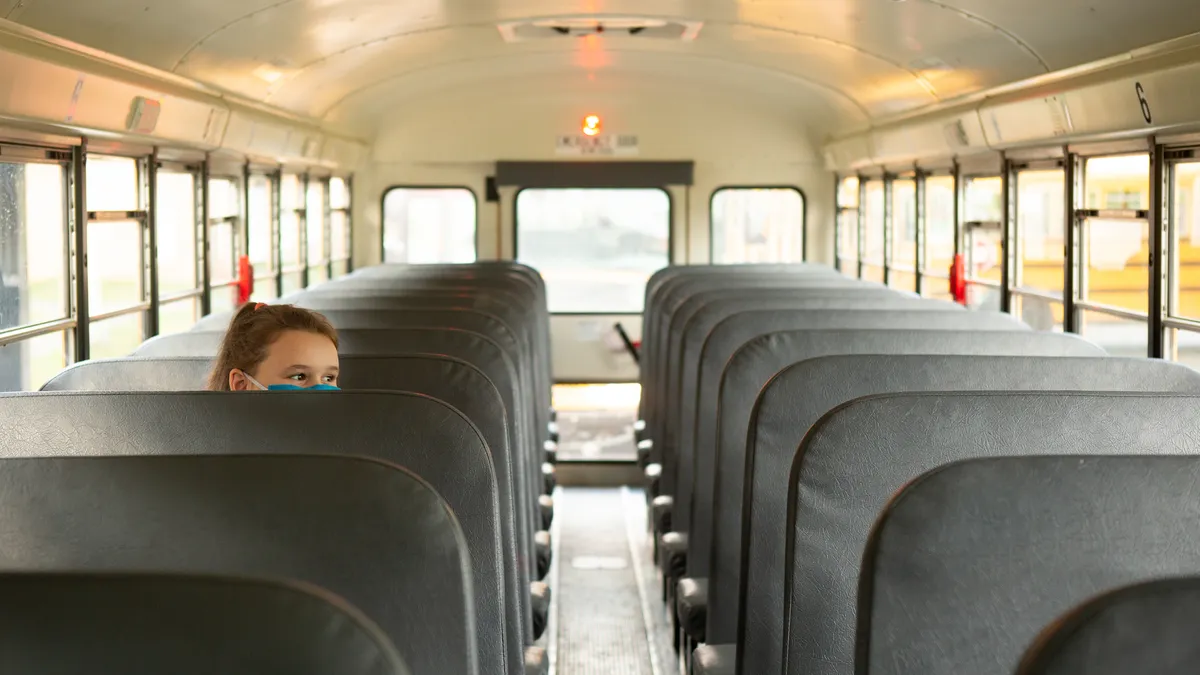Dive Brief:
-
Providing a different perspective on the campaign to improve graduation rates, Jessica Shopoff writes in a recent post for the Education Commission of the States that some increases might actually be due to "flaws in the system that allow schools to better hide dropouts."
-
Using an example from Oregon high schools, Shopoff shows a strong negative correlation between graduation rates and mobility rates — the higher the mobility rate, the lower the graduation rate.
-
Measuring graduation rates only at year four keeps schools from being accountable for having a student for “three unsuccessful years” before the student moves into an alternative school or somewhere else, and she recommends better tracking of students in state’s data systems.
Dive Insight:
Districts and states are increasingly recognizing the negative effects that changing schools can have on a student’s academic progress — especially for a student who has changed schools multiple times.
In 2012, for example, the Thomas B. Fordham Institute and Community Partners in Ohio analyzed data from all 609 of the state’s school districts and found that in Cincinnati, for example, students who moved (during the year or over the summer, once, twice, and three or more times) performed significantly lower on 3rd and 8th grade state tests in both math and reading when compared to students who had never moved. In addition, a report from the Rennie Center for Education Research and Policy in Massachusetts showed that in some districts, nearly a third of students change schools during the school year.
Strategies to reduce the negative impact of mobility have included helping low-income families avoid eviction, allowing foster children to remain in the same schools even if their placements change, and increasing programs such as mentoring or tutoring for students transitioning into new schools.













